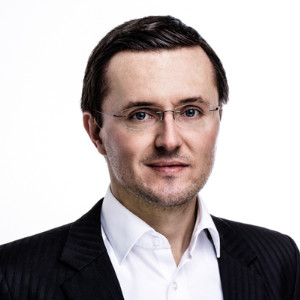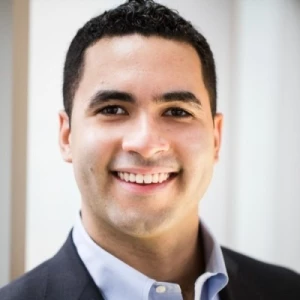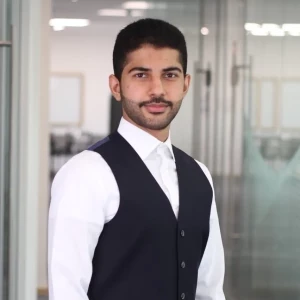Hi, I'm wondering when thinking of "solutions" in a profitability case, do I always need to confirm that the solution is actionable and feasible? What would be a good way to proceed with this part in a case interview?
For instance, if I have 3 different solutions. For each of the options, should I ask for data to verify that the solution will be effective, and also ask the interviewer whether this solution could be implemented?
I'm a bit confused because based on the recent cases I did, the solution part was more of "brainstorming" possible ways to help the client solve its problem, and not much data is provided in order to verify the solution will definitely work out. But if we can't make sure the solution will 100% work out, how could we recommend it to the client?
















